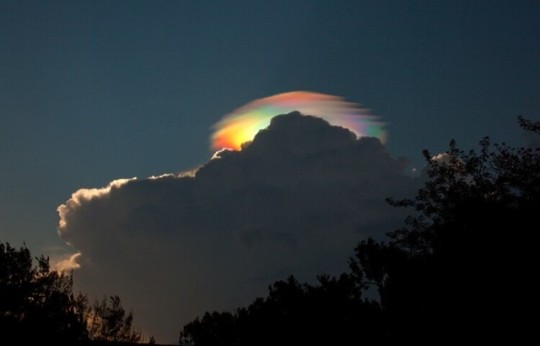Photo
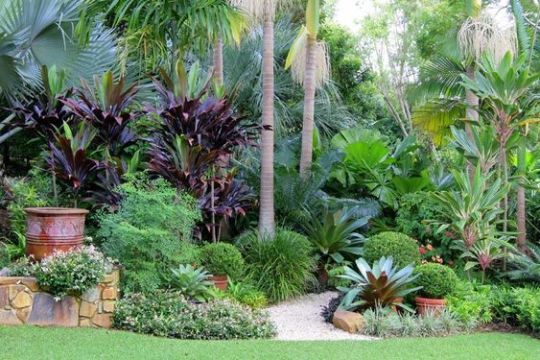
Landscape Loving: An inviting path into a tropical landscape. Good use of cordylines, bromeliads, and Palms.
2 notes
·
View notes
Photo
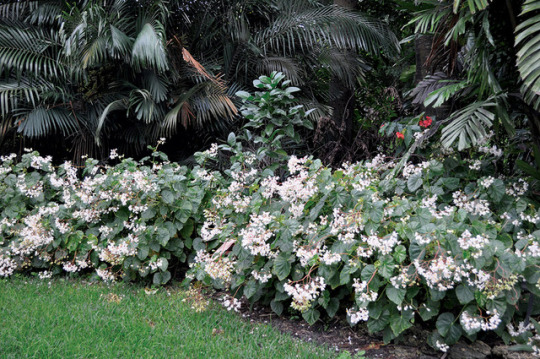
Tropical Plant Spotlight: Begonia Alba. A continuously blooming white cane begonia. Excellent way to bring brightness to a semi-shady corner of a tropical landscape. Also works well in a garden setting, though they can be hard to contain.
Pros: Year round blooms, blooms well in bright to medium shade.
Cons: Can get leggy in to much shade, susceptible to fungus.
0 notes
Photo
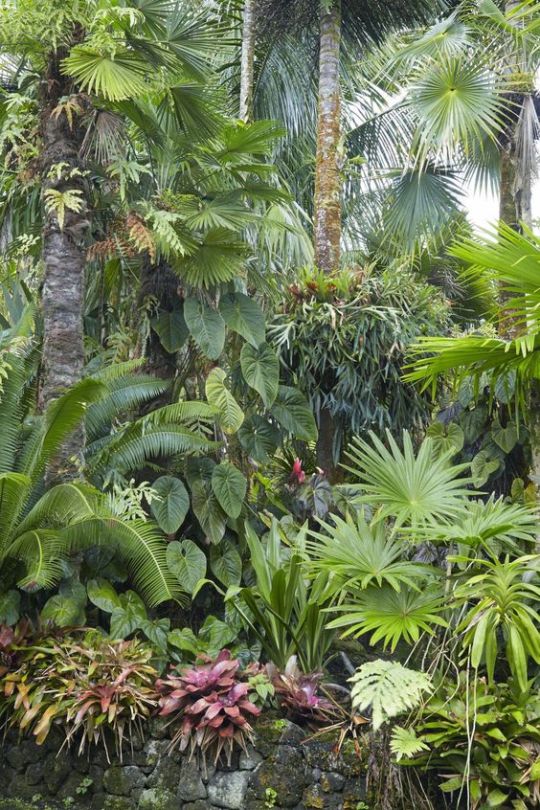
Landscape Loving: One of the keys to creating a tropical looking landscape is floor to ceiling foliage, effectively created here with palms, staghorn fern and philodendron vines.
1 note
·
View note
Photo
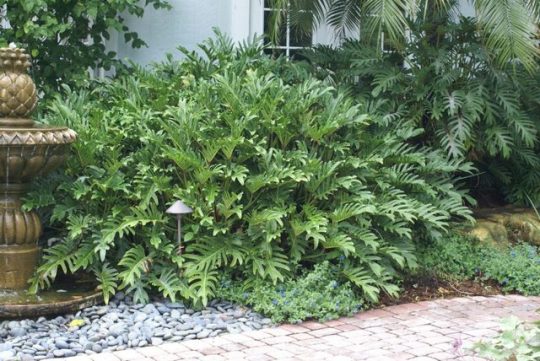
Tropical Plant Spotlight: Philodendron Xanadu. Demure compared to other philodendrons, Xanadu (also called Deja Vu) will generally stay under 30 inches. With dense medium green foliage Xanadu is perfect for foundation planting, or as a palette break in a colorful tropical landscape. Most often used in part shade, will adjust to full sun if given enough moisture.
Pros: Year round greenery, low maintenance.
Cons: Not drought tolerant, will lose foliage and become leggy without adequate watering.
0 notes
Photo
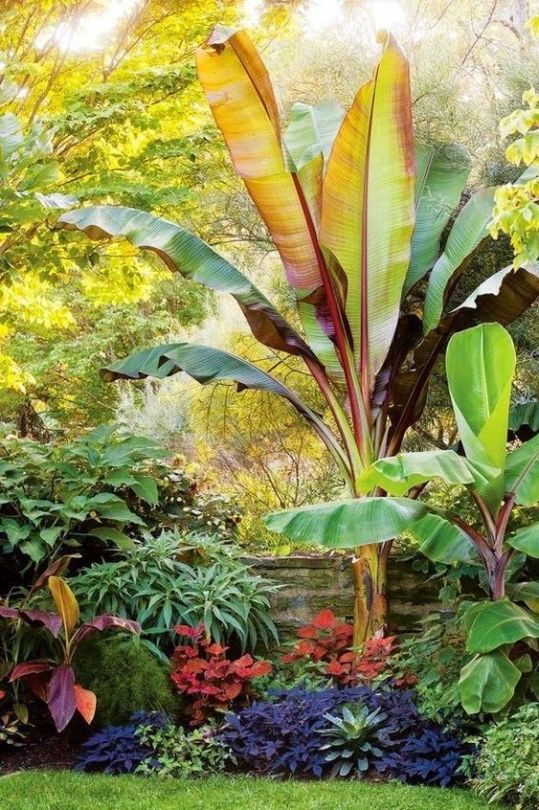
Landscape Loving: Just one tropical plant can add so much drama to any landscape. This red Banana tree (Ensete Maurelli) transforms a average garden into something spectacular.
#banana#tropical#tropical plant#tropical garden#tropical landscape#miami#landscape lovin#lush#lush foliage#miami lush
11 notes
·
View notes
Video
Orchid Mania: Encyclia Cordigera. An epiphytic orchid from Mexico and low lying areas of Central America, Encyclia cordigera is very easy to grow in a warm climate, requiring little to no care once established. Mount on a tree trunk or branch where it receives 50 to 70 percent sunlight, will consistently produce showy splays of purple/pink flowers every spring.
#encyclia cordigera#encyclia#orchid#flower#maimi#florida#tropical#garden#epyphite#kentia palm#tropical plant tropical garden lush miamilush
1 note
·
View note
Video
Tropical plant spotlight: Crinum lily, Spider lily (crinum asiaticum). At 3 to 5 feet across and just as tall crinum lily takes up a lot of space in the landscape. Asiaticum has red tinged foliage that turns deep maroon with adequate sunlight, while Americanum remains green. Both produce showy fragrant flowers on tall spikes throughout the year, abundantly in the summer.
Pros: Makes a bold statement plant in large tropical garden or landscape. Thrives in swampy areas, on the edges of ponds and canals.
Cons: Lubbers love lilies and will decimate the foliage in spring if allowed to. Less healthy plants can succumb to rust, a common fungus that can affect many species of lily.
#crinum#lily#asiaticum#flower#tropical#garden#miami#tropical garden#landscape#tropical plant#miamilush
2 notes
·
View notes
Photo
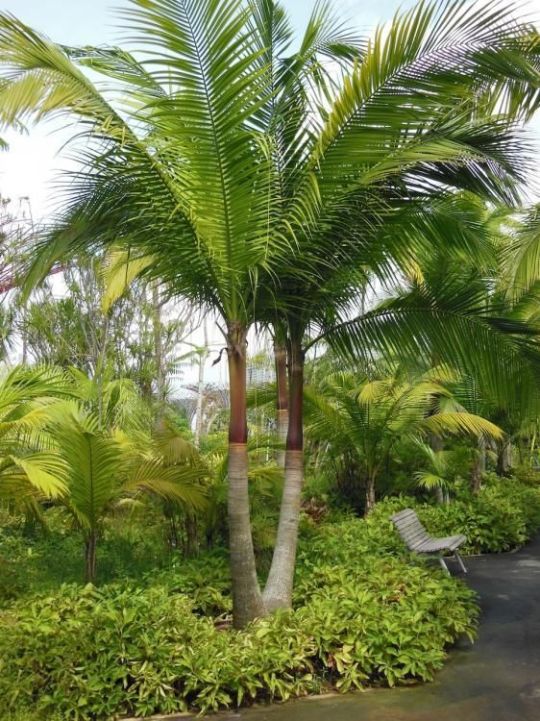
Tropical Plant Spotlight: Satakentia liukiuensis, a large elegant palm from Japan. Though Satakentia can reach up to 40ft the truck remains fairly narrow, with a chocolate brown crown shaft, and large feathery pinnate leaves. Makes a dramatic statement in any tropical landscape.
Pros; Will tolerate cold tempatures and even freezing. Seems unaffected by leathal yellow.
Cons: Can be hard to find in any size. Needs a lot of space in the landscape.
0 notes
Photo

Landscape loving: Small lagoon style pool with dense tropical foliage invokes private island paradise. Planting right down to the waters edge creates a more natural look for any swimming pool, while the tall, thick planting in the background lends privacy and a sense of intimacy.
3 notes
·
View notes
Photo
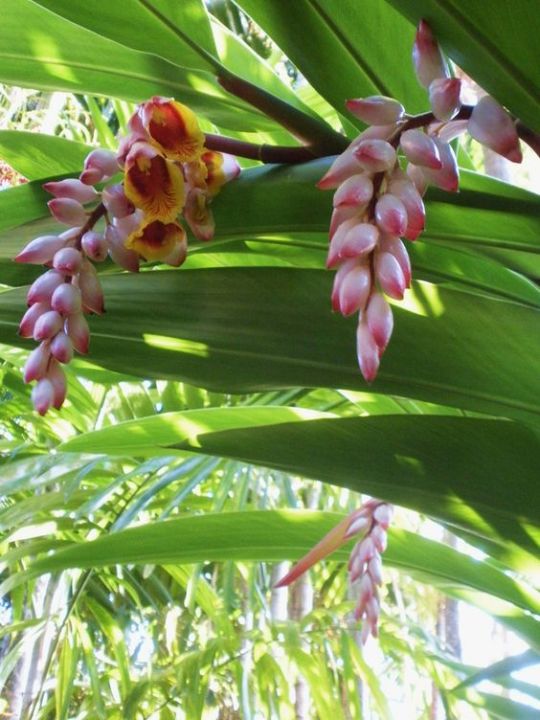
Tropical Plant Spotlight: Shell Ginger (Alpinia Zerumbet). Original from South Asia this plant can now be found in almost all parts of the tropical world. Clusters of exotic shell-like flowers form at the end of tall foliated stems. Gingers can reach as tall as 12 feet and need a lot of space to spread.
Pros: Good background plant for tropical landscape. Foliage provides visual barrier that can be used to hide fences, equipment sheds, etc.
Cons: Can not tolerate cold and will die back to the ground if temperatures dip into the mid 30s.
#alpinia#alpiniazerumbet#ginger#shellginger#tropical#tropicalgarden#tropicalplant#landscape#miami#miamilush
1 note
·
View note
Photo
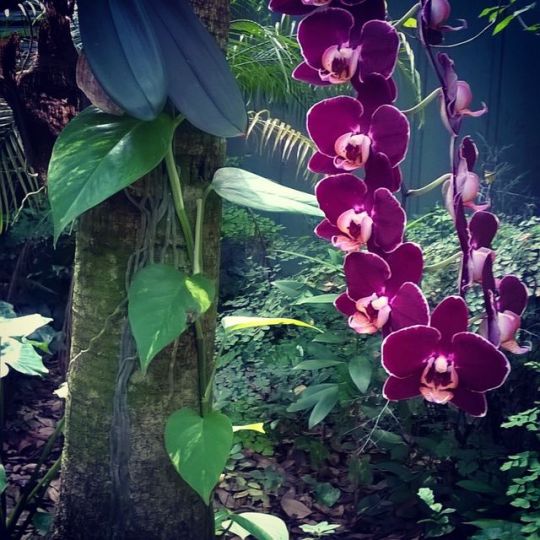
Orchid Mania: Phalaenopsis. These orchids have become so ubiquitous they can be found in almost any grocery store or garden center in the country. Despite their commonness they remain on of the most beautiful orchid species and one of the easiest to grow outside in your tropical landscape. Once they have rooted to a tree limb or trunk in dappled sunlight they require no additional care, though they will preform better with occasional feeding.
Pros: Spectacular mid-winter flowers ranging from white to dark violet that can last for week or even months.
Cons: Prone to crown rot and bud blast.
2 notes
·
View notes
Photo

Landscape loving: Vertical Garden Wall. Loving this garden wall. Creative solution for an ugly dividing wall. The alocasias in foreground give it a tropical feel.
4 notes
·
View notes
Photo
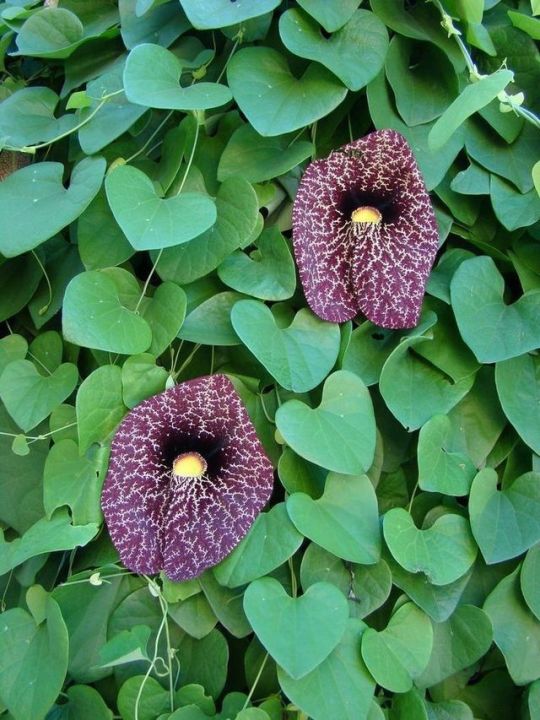
Tropical Plant Spotlight: Dutchman’s Pipe Vine (Aristolochia littoralis).A climbing vine from South and Central America, Dutchman’s pipe has large crepey flowers with Maroon splotches and a yellow throat. When opened the unusual flowers produce a scent similar to rotten meat that some people find unpleasant. Best grown on a fence or large tree, where it can be supported.
Pros: An exotic addition to your landscape that is sure to get people’s attention. Dutchman’s pipe is also a host plant to the swallowtail butterfly, and will certainly attract them to your garden.
Cons: Like all climbing vines, Dutchman’s pipe needs to be maintained to avoid becoming overgrown.
#duchmanspipe#birthwort#aristolochia#vine#climbingvine#tropical#tropicalgarden#tropicalplant#landscape#miami#miamilush
1 note
·
View note
Photo
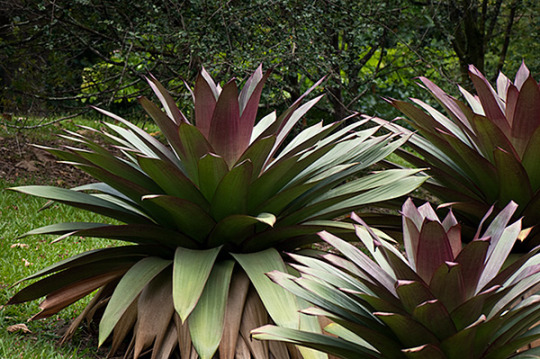
Tropical Plant Spotlight: Alcantarea Imperialis. Endemic to Brazil this beauty can reach 5 feet across and several feet tall and is the largest know bromeliad species. It Color ranges from dark green to deep burgundy and should be grown in full sun for optimum coloring.
Pros: A magnificent statement plant in any landscape or tropical garden.
Cons: it becomes an ideal breeding spot for mosquitos if not properly irrigated.
0 notes
